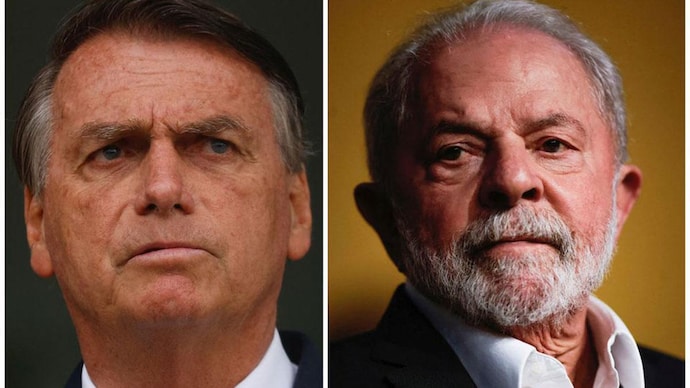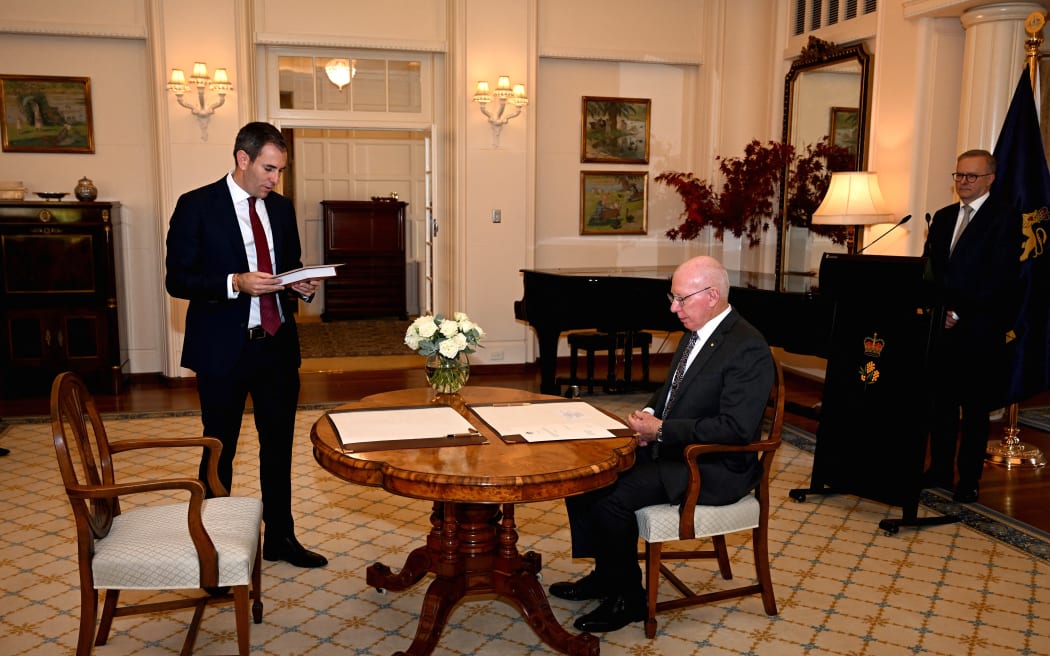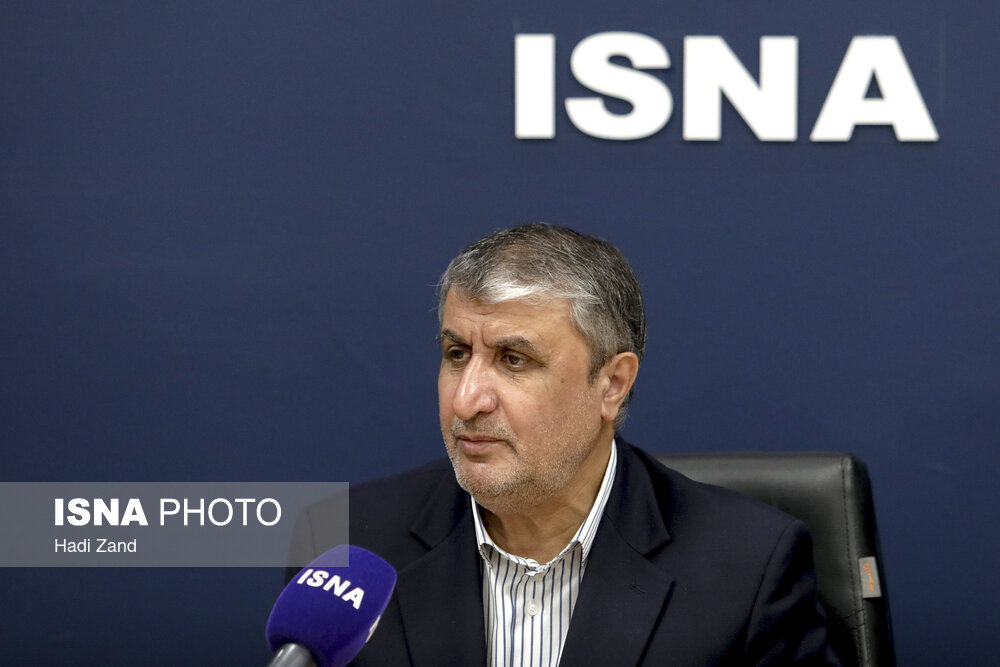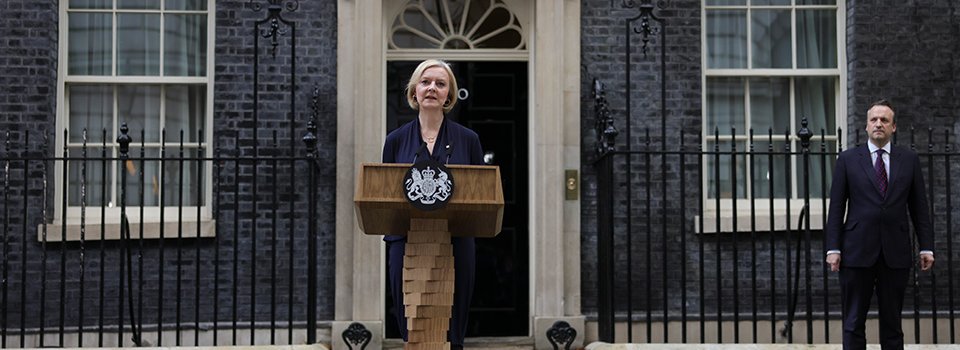Where things stand one year after China promised to stop building coal-powered projects overseas
Beijing’s push for renewable energy in other developing countries requires changes in its investment and financing models.
Han Chen & Shen Wei
Yesterday ·

On September 21 last year, China’s president, Xi Jinping, told the United Nations General Assembly via video link that China would increase support for green and low-carbon energy in developing countries, and not build any new coal-fired power projects overseas.
The move reflected a wider backing away from coal among traditional and emerging aid donors. Two of Asia’s main exporters of coal power projects, Korea and Japan, had made similar statements in June 2021. The month after Xi’s announcement, Organisation for Economic Co-operation and Development members said they would no longer offer export credit support for coal power plants unless plans to abate emissions were in place.
China has been a major builder of coal power plants around the world, often providing both the finance and the technology. Its decision is having and will have a profound effect, both at home and in expanding the low-carbon development and energy transition paths of developing nations.
Policy announcements and signs
Since the announcement, China’s government bodies, financial institutions and power plant builders have been working at the policy, finance and project level to increase support to renewable energy projects in its overseas energy investments.
At the policy level, in March this year the National Development and Reform Commission and three other government bodies published a joint document on promoting green development in Belt and Road nations.
It called for “a full stop to new coal power projects overseas, and cautious progress on those already under construction”, as well as the green and low-carbon development of overseas coal power projects which have already been built, which in practice means retrofitting plants to improve efficiency and reduce pollution. These were the first concrete instructions from Chinese officialdom on how to handle projects at different stages of implementation since the initial announcement.
Between September 2021 and April 2022, 15 overseas coal power projects that were in the pre-financial closure and pre-construction stages were shelved or cancelled. These were projects that had nonetheless received Chinese financial backing or EPC – engineering, procurement and construction – support.
Question marks still hang over projects where financial closure has already occurred but construction has not yet started, and “captive” power plants being built specifically to power industrial zones. In these cases, compensation for breaches of contract could be due if a Chinese party unilaterally withdraws, making cancellation more complicated.
On 6 January 2022, the Ministry of Ecology and Environment and the Ministry of Commerce published guidelines on environmental protection in overseas investments. These focus on managing environmental risks across the lifespan of projects in Belt and Road nations, and encouraging firms to apply standards produced by international organisations and multilateral bodies, or Chinese standards where tougher.
The rapid tempo of policy announcements shows that there is unanimity across government on decarbonising China’s overseas projects. While producing high-level policy and specific guides for project-level operations at home, China was also active diplomatically, working with developing nations to build platforms and mechanisms for international green and low-carbon cooperation.
In November 2021, the Forum on China-Africa Cooperation issued a joint declaration on tackling climate change. The following month, a China-ASEAN forum on high-quality Belt and Road development was held. In May 2022, a joint statement was issued at a high-level meeting on climate change of the BRICS nations – Brazil, Russia, India, China and South Africa.
In October 2021, the Ministry of Ecology and Environment and domestic and overseas partners founded the Belt and Road Initiative International Green Development Coalition, with 10 topics identified for research. Important outputs include a green development guideline for the BRI, which created a classification and screening system for projects based on their potential environmental impacts.
The second phase of the development of this guideline includes a handbook for companies and financial institutions, and a green development guide for construction of highways and railways. These promote green management of projects on the Belt and Road by helping stakeholders identify, evaluate, manage and improve the environmental impacts of Belt and Road Initiative projects; and by providing processes and tools for management and self-assessment of projects.
The Exim Bank of China, the China Development Bank and the China Export and Credit Insurance Corporation (Sinosure) are the main state-owned financial institutions funding overseas projects, and as such have been quick to respond to the change in government policy.
Exim Bank has successfully issued 3 billion yuan (US$425 million) in green bonds earmarked for clean energy investment, which will fund the construction and operation of renewable energy projects such as hydropower and wind power. The China Development Bank has signed memoranda of understanding on funding climate action with both the Green Climate Fund and the United Nations Development Programme.
Sinosure, meanwhile, has sped up its processes for approving renewable energy projects and set up a team to analyse risk control and insurance models for renewable projects in developing countries. Building a green export credit system for clean energy is becoming part of the agenda at these “policy financial institutions” – state-owned financial institutions charged with policy implementation.
Meanwhile, in the commercial banking realm, the Bank of China and the Postal Saving Bank of China have said they will not fund new coal mining or coal power projects overseas. The Industrial and Commercial Bank of China has said it will “produce a roadmap and timetable for a gradual withdrawal from financing coal”.
Reforming investment
Our research at the Green BRI Center in the International Institute of Green Finance, Beijing, has found that power plant construction firms owned by central government have already pulled out of projects where binding commitments have not yet taken effect, and are actively looking at how to expand their renewable energy portfolio.
The proportion of fossil fuel projects in China’s Belt and Road energy sector projects started to fall in 2016 and bottomed out in 2020, when 58% of investment went to renewables (hydropower, solar, wind and bioenergy), the first time renewables surpassed fossil fuels. And apart from the 15 Chinese-built or funded coal power projects that were cancelled between September 2021 and April 2022, the country made no overseas coal power investments in 2021 or the first half of 2022.
As for renewables projects, hydropower accounted for the bulk of China’s investment in the Belt and Road in 2021–2022, at 56% of the renewables’ share, followed by solar and then wind.
To promote global energy transitions and low-carbon development, China should build on this foundation and expand cooperation with developing nations on renewables capacity building and grid construction, and so gradually increase the proportion of renewables projects in its overall investment.


China has a complete renewable energy industrial chain, with strong R&D, manufacturing, installation, operation and maintenance capabilities. It should make use of this leadership in the renewables sector by providing technical support and capacity building for developing nations, and also by promoting the sharing of information on green development and the use of green tech in such nations.
China’s low-carbon approach to overseas energy investments requires its financial institutions to be flexible, open and innovative, leaving behind homologous, closed and rigid investment models. Specifically, they can no longer rely on EPC+F (engineering, procurement and construction plus financing) contracts underwritten by sovereign guarantees from the host nation. These have for many years been the dominant model for large coal power and hydropower projects.
In the renewable sector, by contrast, independent power producers and more flexible project financing are the norm. China’s financial institutions should work with third parties, strengthen cooperation with international development funders and commercial financial institutions in order to level their learning curve for overseas renewable energy financing.
Cooperation with third parties allows: financial power to combine with project management experience; exploration of hybrid financing, non-recourse loans and structured financing; improvements to environmental and social management of the project throughout its lifespan; and more private capital. This will allow full potential of renewables in developing nations to be realised.
China should coordinate its overseas renewable investments, including: major renewable generation facilities and the associated grid and other infrastructure; knowledge transfer and capacity building under the South–South cooperation mechanisms; distributed projects; and other types of development aid.
China’s renewable energy investments should cover both the “software” (knowledge transfers) and “hardware” (equipment and infrastructure), big projects and small projects, equity investments and construction contracting, as well as the combination of export credits and development aid. Only this will truly help developing nations achieve the necessary power sector transitions.
This article was first published on China Dialogue.








